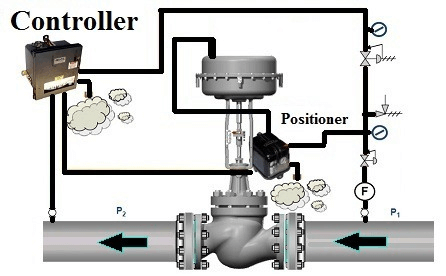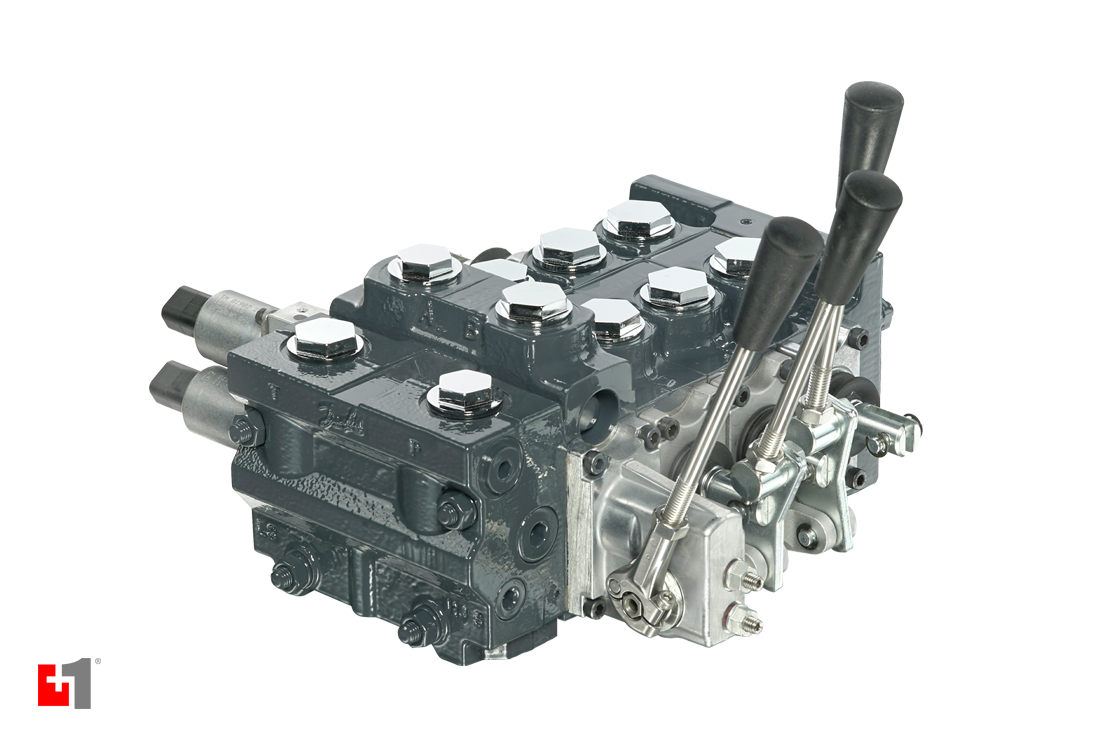Maximize Structure Operations With Premium Automation Controls for Controllers
In the realm of modern structure procedures, the assimilation of costs automation controls for controllers has actually become a crucial element in ensuring optimum effectiveness and performance. By using the power of costs automation controls, buildings can achieve unequaled degrees of energy effectiveness, system reliability, and cost-effectiveness.
Enhancing Structure Efficiency Via Automation Controls
Improving building performance is vital in today's architecture and design sector, with automation controls playing a pivotal duty in attaining optimum performance. By integrating advanced automation regulates right into building developers, designers and systems can create smart, energy-efficient structures that react dynamically to changing environmental conditions. These controls permit the smooth tracking and administration of various structure functions, such as lights, cooling and heating systems, and security methods, leading to enhanced operational effectiveness and price savings.
Automation controls enable real-time information analysis and changes, guaranteeing that buildings operate at peak efficiency degrees while reducing power waste. Through the usage of sensors, actuators, and centralized control systems, buildings can adjust their setups based upon occupancy patterns, exterior climate condition, and time of day. This level of automation not only improves the comfort and productivity of structure residents but additionally adds to sustainability efforts by reducing general energy intake and carbon exhausts.
Maximizing Energy Savings With Costs Controls
With the integration of premium automation manages into developing systems, designers and developers can further maximize energy performance, boosting the general operational efficiency of frameworks. Costs controls offer sophisticated features such as tenancy sensors, scheduling capacities, and adaptive algorithms that enable accurate monitoring and modification of power usage. By leveraging these capacities, structures can dynamically respond to changing occupancy patterns and environmental problems, guaranteeing that energy is only eaten when needed. Additionally, costs controls assist in the coordination of different structure systems, such as Shading, illumination, and cooling and heating, to operate in consistency in the direction of lessening energy waste. Via real-time data analytics and predictive modeling, these controls can determine ineffectiveness and possibilities for improvement, enabling continuous improvement of energy-saving approaches. website link Generally, the execution of costs automation controls not just minimizes energy expenses yet likewise contributes to a much more ecologically pleasant and lasting constructed environment.

Improving System Performance and Reliability
The assimilation of premium automation regulates into constructing systems improves operational performance, making certain ideal efficiency and reliability. Furthermore, premium automation controls offer data analytics that provide understandings into system performance trends, allowing you can check here for continuous optimization and fine-tuning of operations. Generally, the incorporation of premium automation manages raises system performance and integrity, inevitably adding to a more sustainable and effective structure atmosphere.
Reducing Operational Expenses With Automation Innovation
By leveraging advanced automation controls, building operators can enhance energy intake, lower waste, and enhance maintenance processes. Automation technology enables precise monitoring and control of various building systems such as A/C, illumination, and security, leading to much more efficient procedures. By systematizing control and automating regular jobs, functional costs can be significantly minimized, releasing up sources for various other necessary building upgrades or financial investments.
Enhancing Control and Flexibility for Workflow

Furthermore, these systems allow smooth assimilation with various other structure administration technologies, such as power surveillance systems and security methods, developing an extensive community that simplifies operations and improves total efficiency (control valves). The ability to from another location gain access to and change settings additional improves control and flexibility, enabling quick reactions to transforming functional demands. Ultimately, purchasing premium automation regulates not just boosts the day-to-day procedures of a structure yet additionally brings here are the findings about lasting expense savings and sustainability advantages
Final Thought
These controls boost effectiveness, maximize power financial savings, boost system performance and integrity, minimize functional costs, and improve control and versatility for operations. It is essential for organizations to invest in premium automation manages to achieve much better building performance and operational outcomes.
By utilizing the power of premium automation controls, buildings can accomplish exceptional levels of power efficiency, system integrity, and cost-effectiveness. Generally, the incorporation of premium automation regulates boosts system efficiency and integrity, eventually contributing to a much more reliable and sustainable building environment.
Automation modern technology allows accurate surveillance and control of numerous structure systems such as Illumination, a/c, and safety, leading to extra efficient operations. These controls enhance performance, optimize power financial savings, improve system efficiency and integrity, lower operational prices, and improve control and versatility for procedures. It is crucial for companies to spend in costs automation controls to accomplish much better structure efficiency and functional end results.